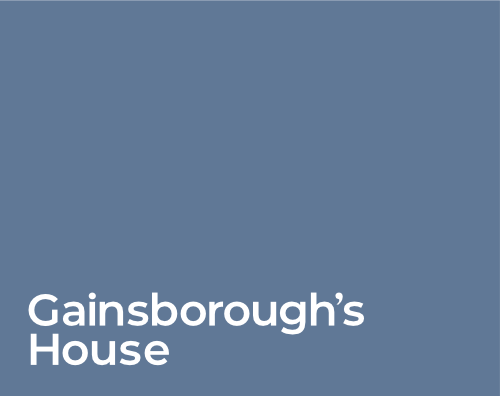- Gainsborough (1727-1788), Thomas
- Study for Diana and Actaeon
- c.1784
- Drawing
- Black and white chalks with grey and black washes and bodycolour with oil paint on buff paper
- 27.4x36.4 cm
- Inv. Nr. 1996.038
-
This drawing is the first of three extant studies that show the development of Gainsborough’s Diana and Actaeon in the Royal Collection. The second and third of the artist’s studies are in the Henry E. Huntington Library, California, and the Higgins Art Gallery & Museum, Bedford. The final painting, which is unfinished, is the only surviving mythological painting by Gainsborough.
The story comes from the Roman poet Ovid's Metamorphoses, in which Actaeon, who is out hunting, accidently discovers the secret bathing place of Diana, chaste goddess of the hunt. As punishment, she throws water into his face, turning him into a stag to be hunted to death by his own hounds. Gainsborough dramatises the scene through a dynamic arrangement of figures, represented with characteristic vigour. To emphasise the moment of surprise, he depicts Diana and her nymphs crouching and twisting their bodies, clambering hurriedly to hide their nakedness from Actaeon’s gaze.
In its subject matter and composition, the drawing appears to have been inspired by William Woollet’s 1764 engraving after Filippo Lauri’s seventeenth century painting of the same title. After its initial production, Wollett’s engraving was published as part of John Boydell’s Collection of Prints, Engraved after the Most Capital Paintings in England. Lauri, who spent his career working in Rome, specialised in mythological scenes. By the second half of the eighteenth century his pictures were hugely popular among British collectors. His painting of Diana and Actaeon belonged at that time to Frederick Augustus Hervey, fourth Earl of Bristol and Bishop of Derry, of Ickworth, Suffolk. Its whereabouts is today unknown. - Purchased through Suffolk County Council with a grant from the National Heritage Memorial Fund, an anonymous donation given through the National Art Collections Fund and the Gainsborough's House Society Development Trust, and grants from the National Art Collections Fund and the MGC/V&A Purchase Grant Fund, March 1996
